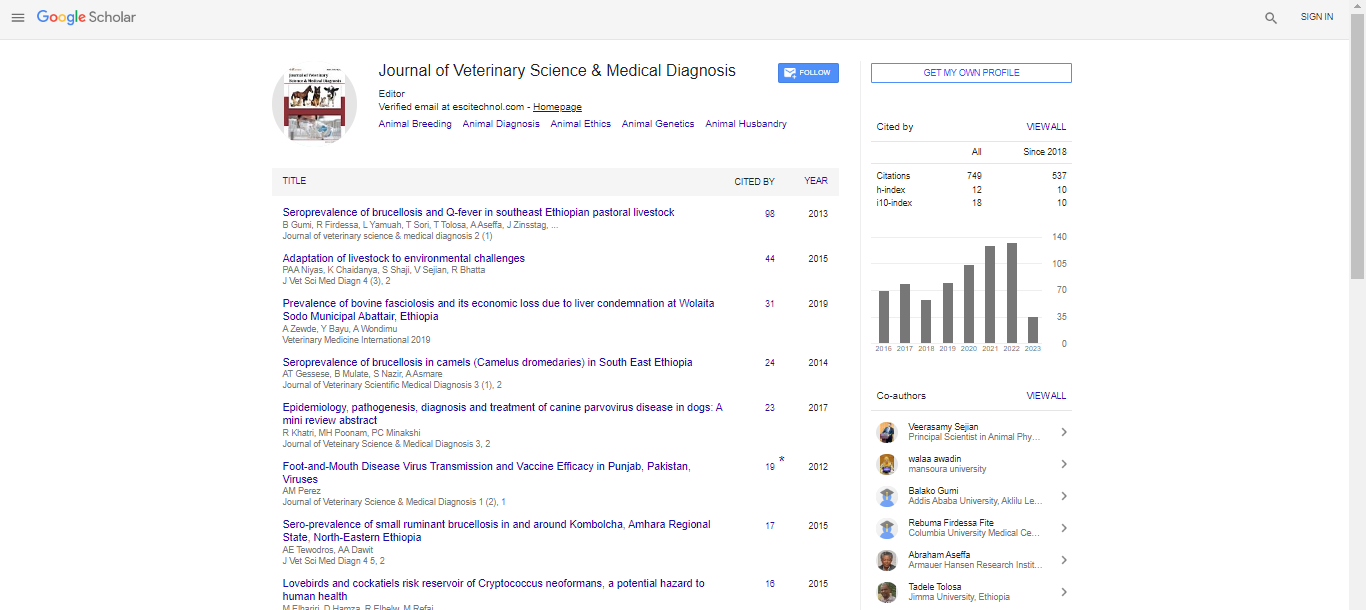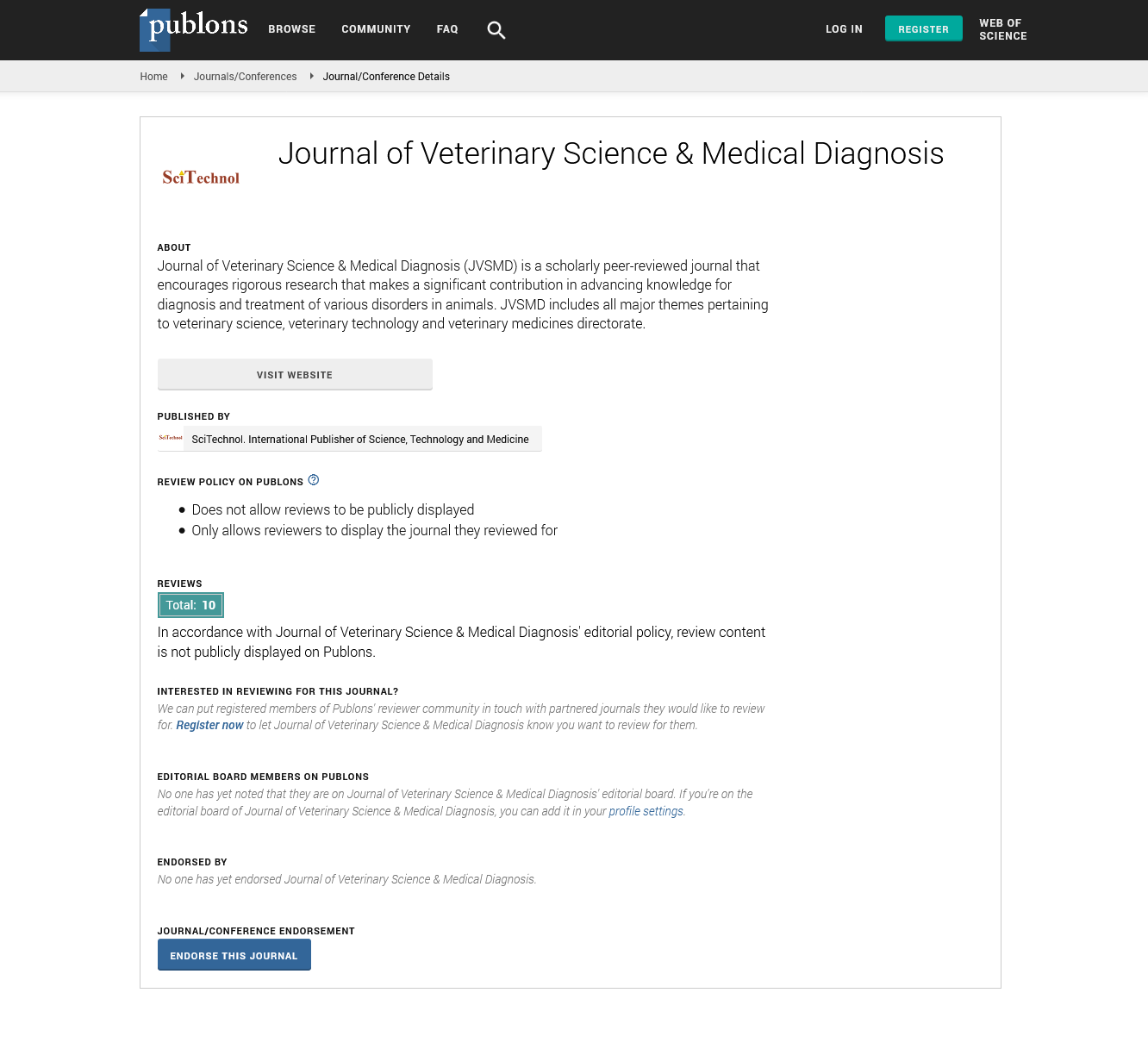Factors that optimize fertility in dairy herds and reproductive programs to increase the number of cows in "The High Fertility Cycle"
Carlos Eduardo Cardoso Consentini
Luiz de Queiroz College of Agriculture of University of São Paulo, Brazil
: J Vet Sci Med Diagn
Abstract
Reproductive efficiency is strongly associated to the profitability of dairy herds, and therefore successful dairy operations seek to achieve high 21-day pregnancy rates in order to reduce the calving interval and days in milk of the herd. There are various factors that impact reproductive performance, including the specific reproductive management program used in the herd, health status and body condition score changes during the transition period and early lactation, nutritional management; genetics of the cows, and the cow comfort provided by the facilities and management programs. To achieve high 21-day pregnancy rates, the service rate and pregnancy per artificial insemination (P/AI) should be increased. Currently, there are adjustments in timed artificial insemination (TAI) protocols and use of presynchronization programs that can increase P/AI, even to the point that fertility is higher with optimized TAI programs compared with AI after standing estrus. Implementation of a systematic reproductive management program that utilizes efficient TAI programs with optimized management strategies can produce high reproductive indexes combined with healthy cows having high milk production termed “the high fertility cycle”. The presentation will highlight key aspects that impact reproductive performance of dairy cows, moreover it will have an emphasis in how to implement reproductive programs to improve performance of commercial dairy operations and to increase the number of cows in The High Fertility Cycle.
 Spanish
Spanish  Chinese
Chinese  Russian
Russian  German
German  French
French  Japanese
Japanese  Portuguese
Portuguese  Hindi
Hindi 
